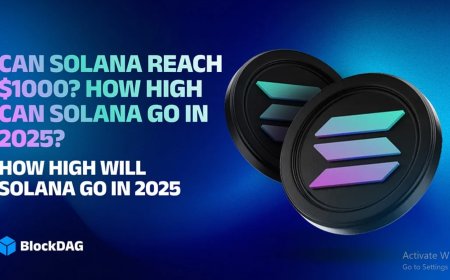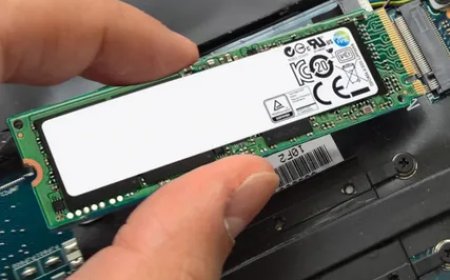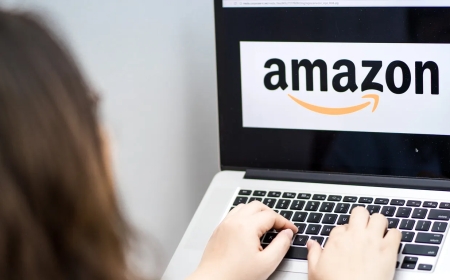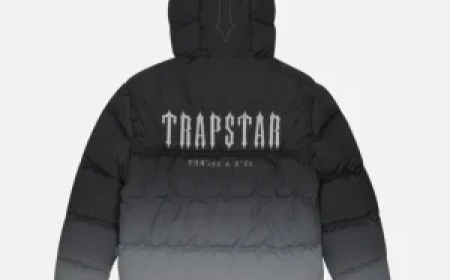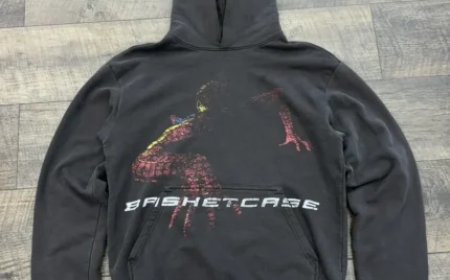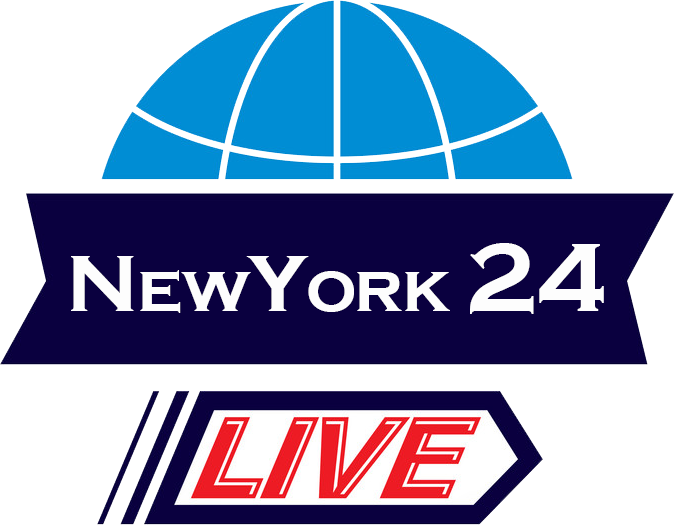Why Small Mylar Bags are a Must-Have Across Industries
Whether you’re a business owner looking to deliver top-quality packaging or a consumer seeking effective storage solutions, small Mylar bags represent the ultimate blend of practicality, durability, and protection.
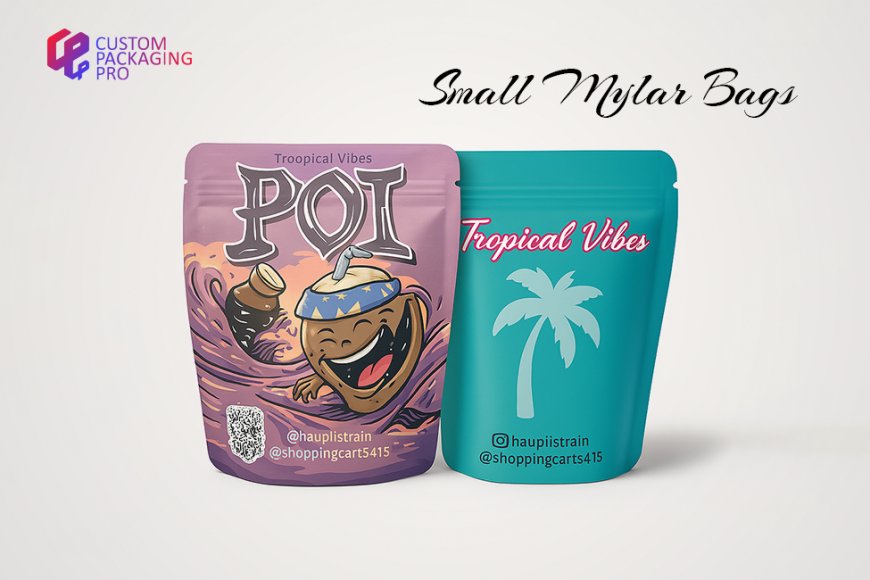
Small Mylar bags have become an essential tool for numerous industries, valued for their practicality, versatility, and protective capabilities. While these lightweight, durable pouches may seem simple, their design offers profound benefits, from safeguarding sensitive content to ensuring freshness. This article examines the popularity of Small Mylar Bags, their key benefits, and the industries that rely on them.
What Are Small Mylar Bags?
Small Mylar bags are made from stretched polyethene terephthalate (PET) film, which gives them superior strength and barrier properties. The term Mylar comes from the trademarked name for this material, renowned for its ability to protect items from external factors like air, moisture, and light. Often lined with an aluminium layer, these bags are highly resistant to punctures and help maintain the integrity of their contents.
Key Benefits of Small Mylar Bags
Preserving Freshness
One of the standout features of Mylar bags is their ability to preserve freshness. Whether storing food, coffee beans, or dried herbs, these bags excel at sealing out moisture and oxygenthe main culprits of spoilage. Mylar packaging is also odour-proof, making it ideal for retaining powerful fragrances and flavours.
For businesses in food production or retail, maintaining the freshness and shelf life of a product is crucial for customer satisfaction. Products stored in Mylar packaging often stay fresher for weeks, if not months, longer than traditional storage solutions.
Protection and Durability
Another significant advantage of Mylar Bags is their resistance to external damage. These bags are tough, standing up to rough handling during shipping or day-to-day use without tearing or puncturing. Do you need to store powdered products, pharmaceuticals, or sensitive items? Mylar ensures that content remains secure and protected from contaminants.
Furthermore, their lightweight profile adds to their practicality, greatly reducing shipping costs compared to bulkier alternatives.
Versatile and Customisable
With their robust yet flexible structure, Mylar bags can adapt to a variety of user needs. They are available in different sizes, including compact variants suitable for single-use or precise quantities. Many are designed with resealable zippers and clear windows, adding convenience for both businesses and consumers.
Industries That Rely on Small Mylar Bags
The food industry uses Mylar extensively for packaging grains, spices, snacks, and dried fruits, thanks to its excellent barrier against moisture and light. Home consumers also benefit, particularly preppers and DIY enthusiasts, who often use Mylar bags for long-term storage of staples like rice or powdered milk.
Pharmaceuticals
Pharmaceutical companies depend on Mylar Foil Bags to protect medicines and supplements. These bags shield contents from light degradation, ensuring potency and longevity. For patient convenience, individual doses can also be packed in compact Mylar sachets with clear labelling for precise use.
Retail and Small Businesses
From handmade jewellery to premium coffee blends, retailers favour small Mylar bags for their luxurious look and practicality. Their odour-proof and tamper-evident features boost customer trust by maintaining product quality and security.
Environmental Considerations
While Child Resistant Mylar Bags offer undeniable convenience, they raise concerns about sustainability. Traditional Mylar is not biodegradable and can contribute to waste if improperly disposed of. However, eco-friendly innovations are emerging across the industry. Some manufacturers now produce Mylar bags using recyclable materials or biodegradable alternatives, making them a greener choice. Compostable Mylar bags are an exciting development, offering businesses the chance to reduce their environmental footprint without compromising product protection.
The Future of Mylar Bags
Small Mylar bags are likely to remain a staple across industries for the foreseeable future, thanks to their unparalleled performance in preserving freshness and protecting goods. However, as consumers become more environmentally conscious, the demand for sustainable, recyclable Mylar bags will increase. Forward-thinking brands and manufacturers will continue innovating to balance functionality with eco-friendliness, ensuring that Mylar bags stay relevant and responsible.
The Art and Importance of Soap Packaging
Soap packaging is more than a functional necessity; its a pivotal aspect of the soap industry that significantly impacts consumer behaviour, brand identity, and product preservation. For companies aiming to stand out in a saturated market, packaging serves as a powerful tool for storytelling, innovation, and ensuring enduring relevance. This article explores the importance of Soap Packaging, emerging trends, and its promising future.
How Packaging Drives Consumer Behaviour
A soaps packaging often shapes a buyer's first impression, wielding enormous influence over purchasing decisions. Heres how it affects consumer behaviour:
Attracting Attention
Bright colours or subtle, elegant designs can draw consumers to one product over a competitors. Packaging acts as a silent salesperson, capturing a shoppers interest and persuading them to explore further. Luxury soap brands like Lush often use bold yet eco-like designs to showcase both indulgence and sustainability, catering to mindful shoppers.
Perceived Value
The quality of a products packaging can elevate its perceived value. A beautifully crafted soap box made of thick, textured cardboard often conveys luxury and premium quality. Conversely, generic or flimsy packaging may leave buyers questioning a products efficacy.
Encouraging Loyalty
Distinct and consistent packaging design enables brands to build a memorable identity. When consumers form positive associations with a products packagingbe it the look, sustainability features, or usabilitytheyre more inclined to repurchase. For example, Doves iconic minimalist design reinforces its reputation for simplicity and skin-friendly care.
The Role of Packaging in Brand Identity
Packaging is an extension of a soap brands storey and plays a crucial role in differentiating it from competitors. Key elements include:
Visual Branding
Logos, typography, and colour schemes communicate a brands ethos. Organic soap brands often use earthy tones and natural imagery to align with themes of wellness and sustainability. On the other hand, artisanal soaps may favour intricate patterns or metallic accents to exude exclusivity.
Core Values
Sustainable packaging materials such as recycled or compostable paper signal environmental responsibility, appealing to eco-conscious consumers. By aligning packaging with their values, brands not only enhance credibility but also deepen customer trust.
Innovative Trends in Soap Packaging
The evolution of Custom Soap Packaging Boxes reveals how brands are adapting to emerging demands for functionality, aesthetics, and sustainability.
Eco-Friendly Materials
Theres a growing shift towards zero-waste alternatives. Brands now package soaps in biodegradable cartons, plant-based films, or reusable cloth wraps to minimise environmental impact. Ethique, a zero-waste beauty company, has championed compostable packaging, making it a model for sustainable innovation.
Minimalist Design
Modern Herbal Soap Packaging often embraces less is more. Clean, simple designs with clear labelling project sophistication while avoiding excess clutter. This not only appeals aesthetically but also makes products appear honest and aligned with wellness-focused values.
Multi-Functional Packaging
Some brands are pushing boundaries by creating packaging that serves beyond aesthetics. For instance, soap sellers are exploring reusable wraps that double as washcloths or boxes designed to become soap trays. These multi-functional features add practicalitya selling point for busy or eco-conscious consumers.
Brands like Dr. Bronners exemplify innovative and impactful packaging. Their colourful, text-heavy designs showcase product benefits while promoting social and environmental causes. This combination of functionality and messaging has fostered deep consumer loyalty.
The Future of Soap Packaging
The future of Black Soap Packaging lies at the intersection of sustainability and cutting-edge technology. Biodegradable, compostable, and refillable options will soon become industry standards. Expect more brands to experiment with plastic-free alternatives such as mushroom or algae-based packaging.
Additionally, advancements in smart packaging may introduce features like integrated QR codes, allowing consumers to learn about product origins, manufacturing processes, or detailed recycling instructions. Technology will create opportunities to personalise packaging to enhance customer engagement further.
Ultimately, businesses focusing on innovative, ethical, and consumer-friendly designs will thrive. Eco-consciousness paired with usability and visual appeal will define the most successful soap packaging strategies of tomorrow.
Soap packaging is far more than a decorative or protective layerits an embodiment of a brands values and an essential driver of consumer engagement. By innovating with sustainability, thoughtful design, and multi-functionality, brands can elevate their product appeal while building lasting trust. For businesses, investing in smarter and greener packaging is no longer optional; it's the path forward in resonating with the modern consumer.







